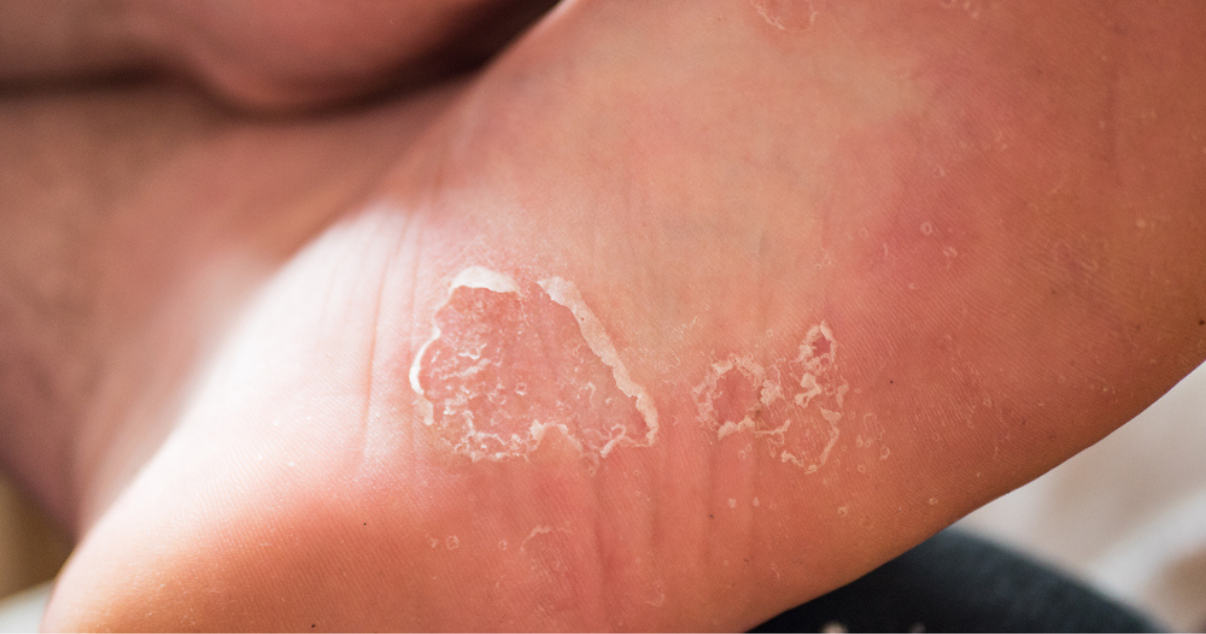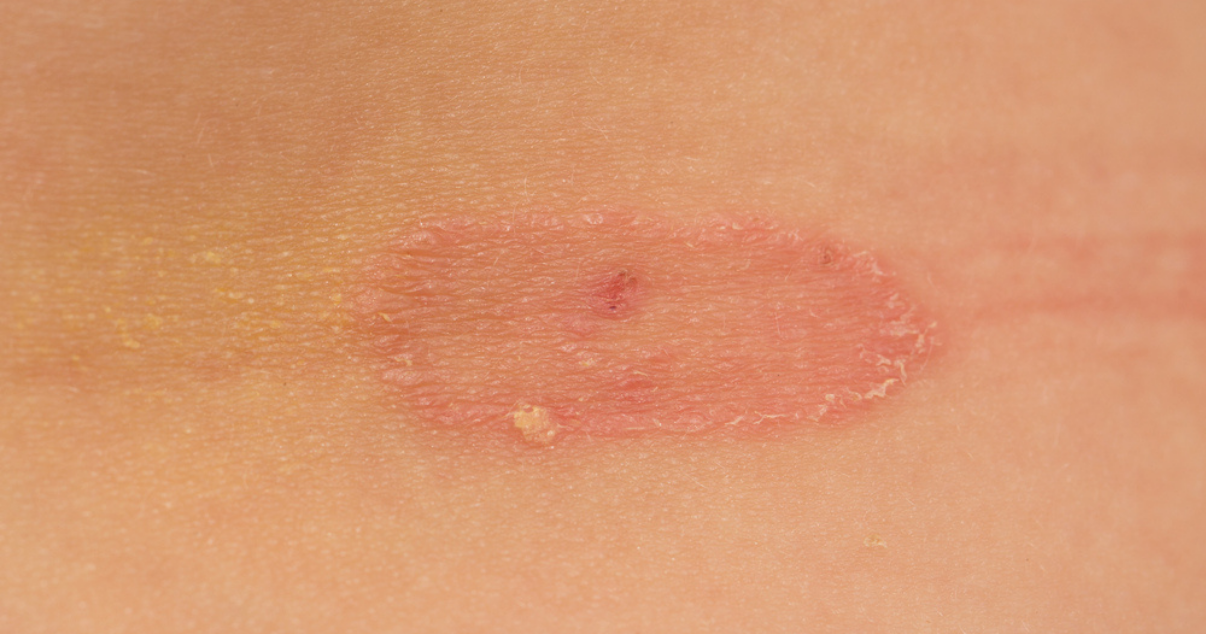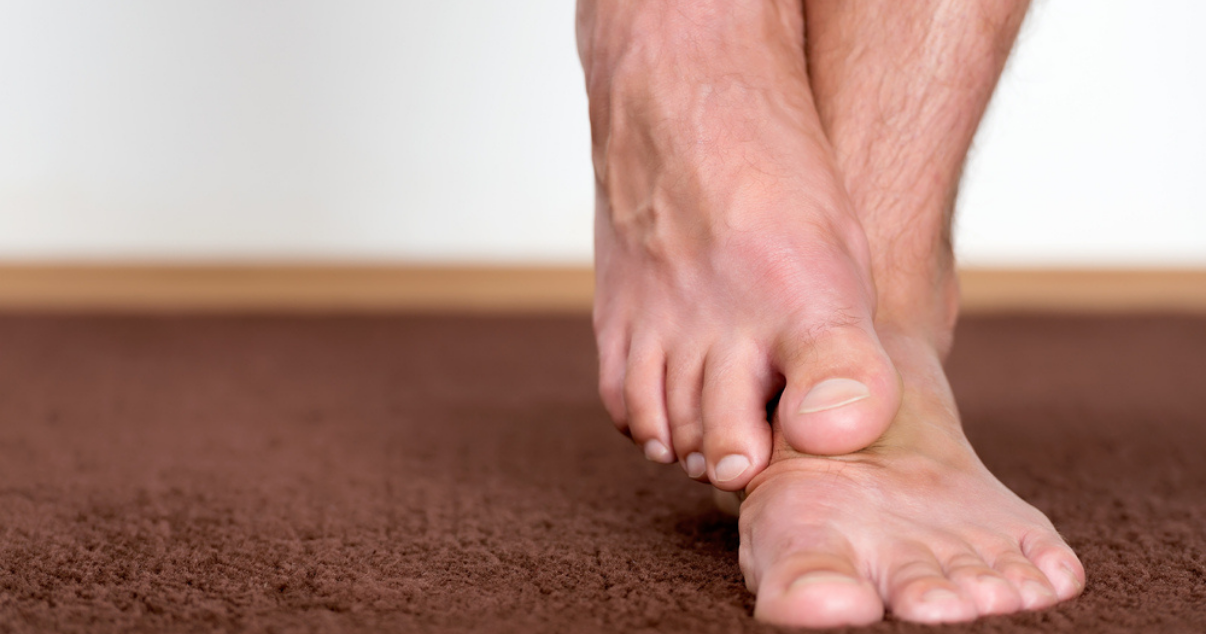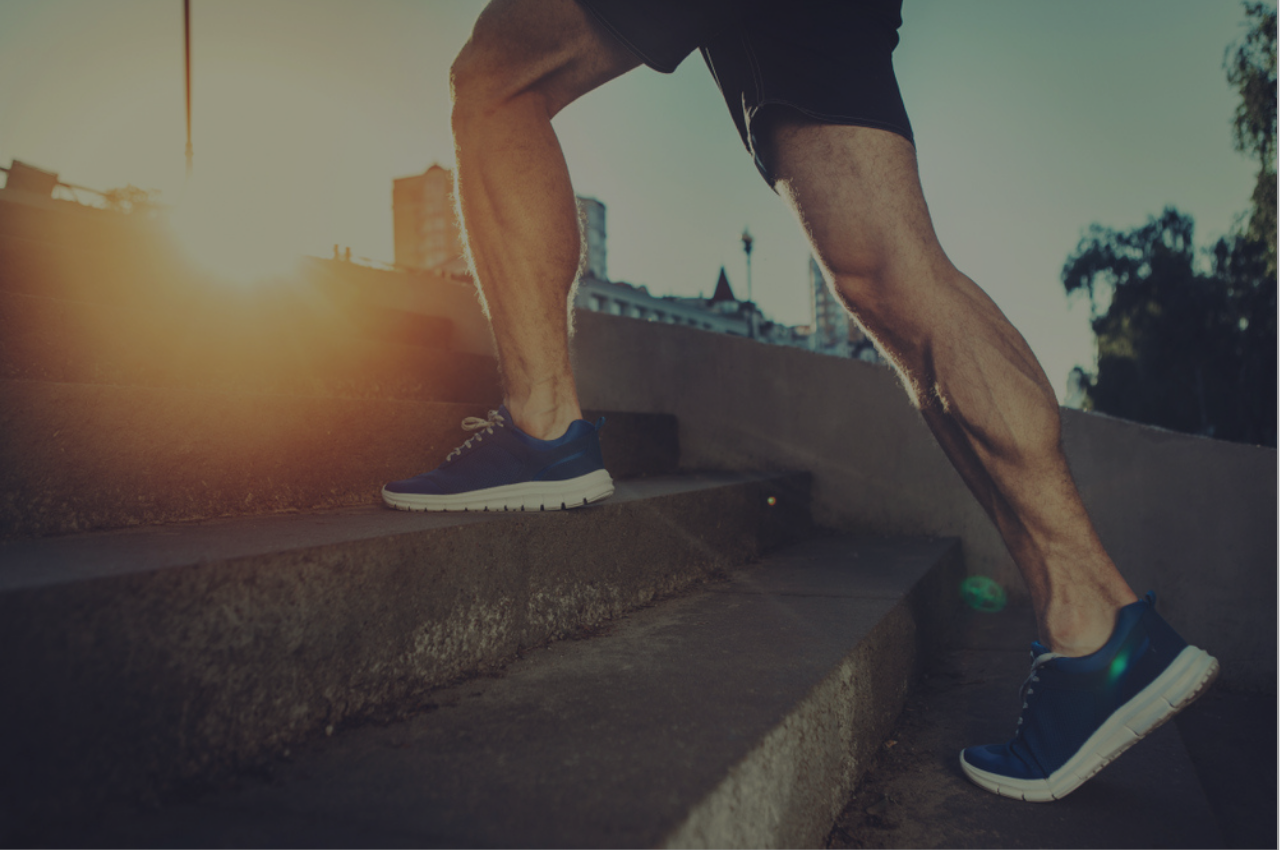You may be wondering what will happen if you simply leave your athlete’s foot infection untreated? After all, you may think that athlete’s foot is just another minor inconvenience that will eventually disappear on its own. But it’s important to remember that while athlete’s foot usually doesn’t cause any major problems in the average healthy individual, the fungal infection normally doesn’t go away on its own.
When left untreated, athlete’s foot can cause other health problems. Read on to find out what may happen if you leave your athlete’s foot infection untreated.
Athlete's Foot Could Spread
Athlete’s foot is a fungal infection that can spread if left untreated. Untreated athlete's foot can spread to other parts of the foot including your toenails, as well as other parts of your body. In cases of severe infection, untreated athlete's foot can even result in a bacterial infection.

Athlete’s Foot can become Jock Itch
A Jock Itch infection generally occurs when an untreated athlete's foot infection spreads to the groin area. How do you know if you have Jock Itch? Look out for these common symptoms:
• An itchy red circular rash that usually develops in the groin region.
• Rashes that sometimes form blisters.
• Rashes that are often redder on the outside edges.
• Irritated skin with raised edges.
Jock Itch is a rather uncomfortable skin infection, so you will likely be aware of its onset. The same fungus that causes athlete’s foot (tinea pedis) is also responsible for Jock Itch.
Given the contagious nature of the fungal infection, simply coming in contact with a piece of infected clothing, such as pants that have touched feet infected with athlete's foot, can easily spread the fungus from your uncovered feet to the groin area.
For more information on Jock Itch, check out our blog article, What Is Jock Itch.

you could end up with ringworm
Ringworm is another uncomfortable fungal skin infection caused by the same fungi that causes athlete’s foot and Jock Itch infections. Ringworm usually shows up as a red ring of irritated skin and often affects people who sweat heavily from exercising or live in warmer climates.
It’s common to catch ringworm from using the same towel as an infected person or sharing other personal items like clothing. However, it is also very common for ringworm to develop by way of an untreated athlete's foot infection spreading through contact with infected clothing.
When an individual with athlete's foot uses the same towel on their infected feet as the rest of their body the fungi can spread easily from one area to another. This is why it is important to always dry your feet off last to prevent spreading any fungus that may be on your feet.
The best way to prevent ringworm is to prevent athlete’s foot infections in the first place. Athlete's foot prevention is easier than it sounds — incorporating a few simple foot care and personal hygiene tips into your routine is generally all it takes to prevent athlete's foot.
For more information about Ringworm, take a look at our blog article Itchy Red Circular Rash - It Could Be Ringworm.
Since the fungus thrives in warm, damp areas, it’s best to keep your feet dry as much as possible. You should also refrain from walking barefoot in communal changing rooms and swimming pool areas.
Wearing clean socks and washing your feet every day is also essential for preventing athlete’s foot infections. For more athlete’s foot prevention tips, read our blog How to Prevent Athlete’s Foot.
If you already have an athlete's foot infection, the best way to prevent fungal skin infections like ringworm and jock itch is to get rid of athlete’s foot fast.

How to Treat Athlete’s Foot
Treating athlete’s foot quickly as soon as symptoms appear is key to preventing it from spreading to other parts of the body or developing into a chronic fungal foot infection.
Using products with terbinafine as the active ingredient such as Silka Ⓡ Antifungal Cream are some of the easiest and most effective treatments available. Combining quick and effective ingredients with easy to apply creams, you’ll usually see an improvement in your athlete’s foot infection within just a few days, with best results in as few as 7 days.
Keep in mind that if you don’t finish treatment you will increase the chance of the infection becoming chronic or spreading to other regions of the body. Even if you start to see improvement after a few days, it is important that you complete the full treatment in accordance with product instructions. Take a look at this post for more details on choosing the right athlete’s foot treatment plan for you.
Also remember, if you are unsure if what you have is athlete's foot, or if you have any existing medical conditions such as diabetes, be sure to make an appointment with a healthcare professional for a personalized diagnosis.
Take care!




